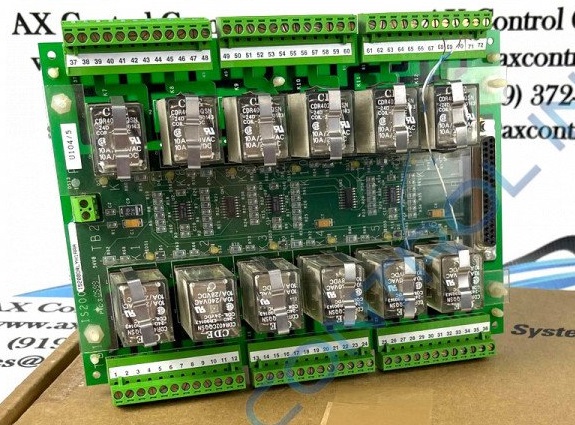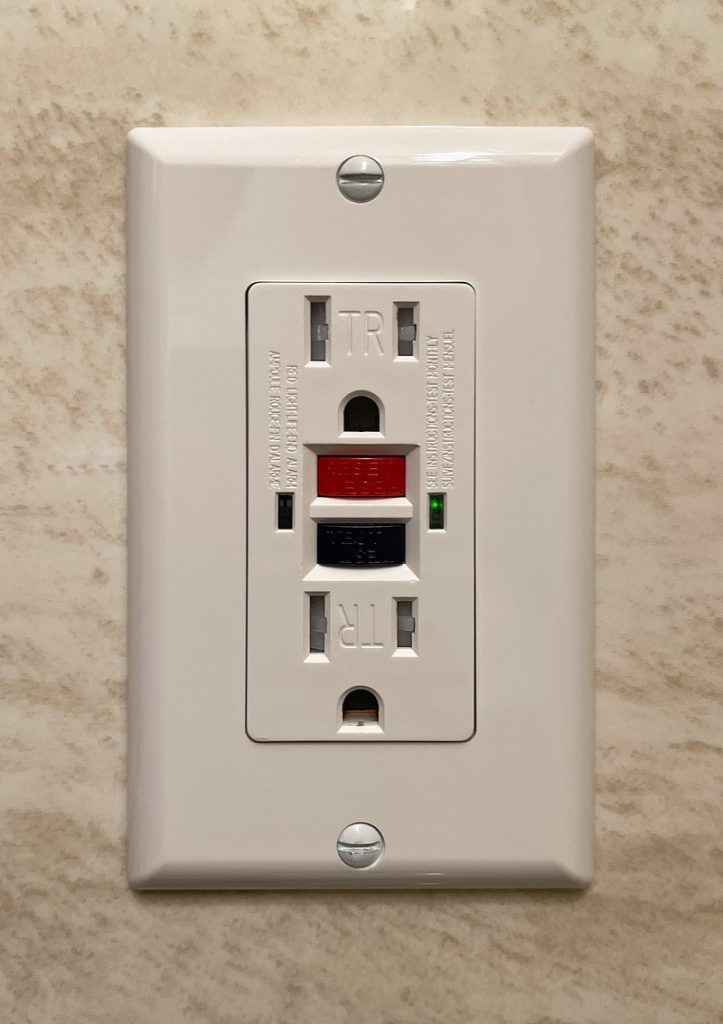
If you’ve wired control devices, you’ve likely come across the term “dry contact” as well as the reverse, “wet contact.”
But what do those terms mean? More importantly, why would anyone want wet wiring? That doesn’t sound like a good idea at all, does it?
What is a Dry Contact?
Luckily, there’s no H2O involved in wetted contacts. “Wetting” in electrical terms has to do with current flowing from a voltage source.
So, what is a dry contact? Also known as a passive contact, dry contacts don’t have power or voltage supplied directly from the switch. Instead, it comes from another source. These contacts act like a simple switch that can open or close the circuit without the need for an applied voltage to make that change happen.
Still confused? Okay. Think of a light switch.
Dry contacts change state when acted upon by an outside source.
Where are dry contacts used?
Dry contacts are typically used in circuits of 50 VAC or less. Dry contacts are ideally adaptable for these low-voltage circuits. They are used for burglar and fire alarms, as well as in relays.
Relays will often have markings showing they are NO (normally open) or NC (normally closed). This is easily understood by thinking again about the light switch, above. NO relays allow power to flow until acted upon, because they are ‘normally open,’ like a light switch that’s turned on. Conversely, NC relays don’t let any power go by, like a light switch that’s turned off, until acted upon. The only difference between these relays is that NO relays will be in an “on” state until acted upon by the outside source, whereas NC relays will be in an “off” state until that outside source acts upon them.
What is a Wet or Wetted Contact?
Meanwhile, wet contacts share voltage and power with their controllers or the source that causes them to switch. This is completely unlike a dry contact. They can be used in higher voltage applications.
Some relays have mercury switches, otherwise known as mercury wetted contacts. Often used for high-speed applications, mercury reduced contact resistance and caused near-immediate circuit closure. However, mercury switches are rarely used today due to environmental concerns.
Examples of Wetted Contacts

Wet contacts are found in thermostats, air-flow sensors, and solid-state switching devices. In your home, you’re likely to see them in furnaces and ground fault circuit interrupters, where the GFCI uses the same wire to “trip” as is used to provide power to the outlet.
In industrial applications, wetted contacts occur in many relays as well as in many control devices. And now you’ll know the difference when you come across them.
Need help sourcing motor management relay components? AX Control maintains on-hand stock for many GE Multilin products. Talk to our team today.

You must be logged in to post a comment.